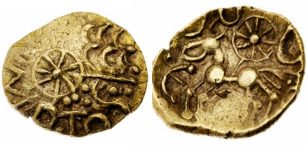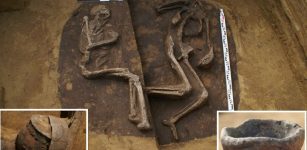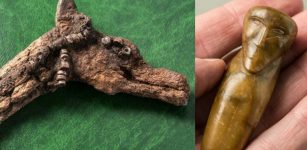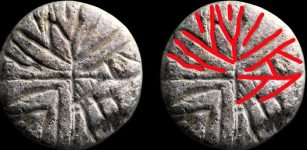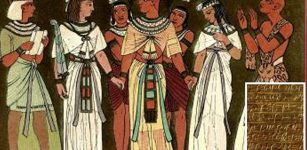Food In Ancient Roman Funerary Meals Was Similar To That Consumed During Life
Jan Bartek - AncientPages.com - Scientists have investigated the importance of ancient Roman funerary meals focusing on what products were used to prepare the food offerings.
"Ancient written sources show that Roman funerary rituals were relevant along the entire Roman Republic and Empire, as they ensured the protection of deities and the memory of the deceased.
Still life showing fruit bowl, jar of wine, jar of raisins: House of Julia Felix, Pompeii. Credit: Public Domain
Part of these rituals consisted of funerary offerings and banquets that were held on the day of the burial, in festivities, and other stipulated days.
The faunal remains recovered inside and around the graves are evidence of these rituals. Therefore, their study can allow us to know if the funerary meals and rituals developed in the Roman necropolis were special and implied food that differed from everyday dietary habits, according to the importance of these rituals.
To test this, we analyzed the archaeozoological and anthropological material from the necropolis of Vila de Madrid (Barcelona, Catalonia), which was used between the first half of the 2nd century AD and the mid 3rd century AD.
The archaeozoological analysis of the faunal remains recovered in the necropolis and inside the graves, as well as carbon and nitrogen stable isotope ratios results on bone collagen from 50 faunal specimens and 41 humans, suggest that, overall, funerary meals in Vila de Madrid necropolis did not imply different food than that consumed during life. Regarding age, sex, offerings and diet, some differences are observed, suggesting that inequalities present in life could have also been present in the funerary rituals," the researchers write in their paper.
Scientists expected the sacrificed animals would be special, but they were not. The meat placed in a grave was similar to the type and quality of the meat the person would have been eating before he or died.
A study of the bones and teeth of the deceased people gave researchers a good overview of what those people ate before they died. The result was compared with the food found in the graves, and it became clear that rich people tended to eat better than poor and therefore had more expensive types of meat in their graves. But in general, the deceased person's diet did not change much as they set out on their journey to the afterlife.
"The archaeozoological and anthropological study presented here has allowed us to investigate the funerary offerings and banquets developed in the Vila de Madrid necropolis, and the main types of protein resources that the deceased consumed during life. This interdisciplinary approach has exposed three important points. Firstly, such funerary rituals were not common in the collective funerary structure of the necropolis. Secondly, the most commonly used meats in the rituals–pork, beef, and caprine–were the most consumed meats in life.
Finally, these meats were mainly consumed from adult individuals. These data suggest that despite offerings and banquets being stipulated by law, not everyone could afford to make large or rich offerings. This is likely the case of the humans buried at Vila de Madrid.
See also: More Archaeology News
At the same time, however, the presence of fowl offerings and the presence of meat-rich portions suggest that the relatives of the deceased tried to follow the law as far as possible. On the other hand, we have also documented a high consumption of meat of adult males during their lives but only a slightly higher presence of offerings in adult male burials. These ritual and diet differences likely show sex inequalities during life that were extrapolated to the funerary rituals," the study informs."
The study was published in the journal PLOS One
Written by Jan Bartek - AncientPages.com Staff Writer




